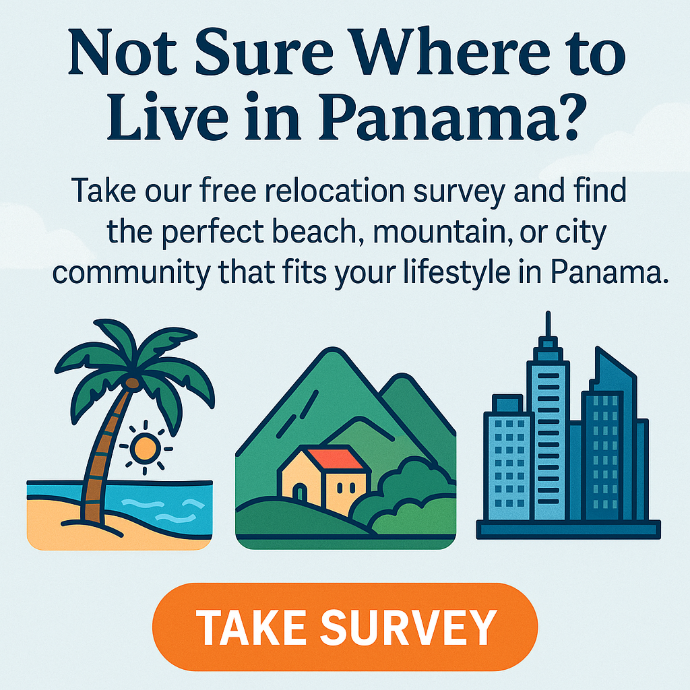Panama offers dental implants for $1,500 compared to $4,000+ in the USA, establishing itself as a leading medical tourism destination with world-class facilities.
Affordable dental care drives new era of health travel
A significant shift is occurring in international travel as medical tourism, particularly for dental care, becomes increasingly mainstream. Growing numbers of patients from North America and Europe are traveling abroad for affordable, high-quality dental procedures, with Panama and Colombia emerging as leading destinations in this evolving market.
The numbers tell a compelling story: while a single dental implant costs over $4,000 in the United States, patients traveling to Panama can receive the same procedure for between $1,500 and $1,800. These aren't discount procedures – they're performed using international-grade materials and techniques in internationally accredited facilities.
This price difference is reshaping how people think about both healthcare and travel, blending medical treatment with cultural exploration in ways that benefit patients both financially and experientially.
More than just cost savings
For many patients, medical tourism offers benefits beyond financial savings. The opportunity to recover in a scenic, culturally rich destination while avoiding the long wait times common in their home healthcare systems creates a more holistic healing experience.
Patients consistently report shorter wait times, more personalized service, and comfortable environments compared to the often impersonal and prolonged processes in their home countries. In Panama, it's common to schedule a consultation and procedure within the same week – something that might take months in the United States or Canada.
The chance to recuperate in welcoming cities adds a therapeutic element to the experience. Many patients describe their medical trip as a kind of health-focused retreat that provides both physical healing and psychological well-being.
Comprehensive packages simplify the process
One of the key developments making medical tourism more accessible is the availability of all-inclusive dental care packages. These typically include:
- Airport transfers and medical transportation
- Accommodation in recovery-appropriate facilities
- Translation services and assistance with documentation
- Post-operative care and follow-up consultations
- Concierge services for companions
These bundled services eliminate the complexity of planning a medical trip, allowing patients to focus on their recovery. Many packages also include tourism activities for companions or for patients once they've recovered.
Why Panama stands out
Several factors make Panama particularly attractive for medical tourists:
Proximity and accessibility: Panama is just a few hours' flight from major US cities, with direct connections through Tocumen International Airport, a major regional hub with flights to 85+ cities in 37 countries.
Currency stability: Using the US dollar eliminates exchange rate concerns and makes price comparisons transparent.
Language capabilities: Many medical professionals and support staff speak English, reducing communication barriers.
Political stability: Panama's stable democracy and strong institutions provide confidence for international patients.
Modern infrastructure: The country offers first-world medical facilities, particularly in Panama City, with several Joint Commission International (JCI) accredited hospitals.
Colombia's growing reputation
Colombia is building momentum in medical tourism, particularly in cities like Medellín and Bogotá. Colombian clinics have developed a reputation for combining technical excellence with genuine hospitality, ensuring international visitors feel safe and welcomed.
The country offers similar price advantages to Panama, with dental implants and other procedures available at a fraction of US costs. Colombia's medical tourism infrastructure continues to develop, with dedicated international patient departments in major hospitals and specialized recovery facilities.
The broader economic impact
Medical tourism is creating economic benefits that extend far beyond healthcare facilities. Airlines, hotels, restaurants, and tourism operators are adapting their services to cater to medical tourists, who typically stay longer and spend more than traditional tourists.
A medical tourist stays an average of 14-21 days for dental procedures, compared to 3-4 days for regular tourists. They often travel with companions and may extend their stay to enjoy tourism activities post-recovery. This longer duration and higher spending create significant economic impact in destination communities.
The trend is also driving improvements in healthcare infrastructure that benefit local populations. Hospitals and clinics investing in international accreditation and advanced equipment to attract foreign patients simultaneously improve care quality for residents.
Looking ahead: The future of medical travel
The future for dental and medical tourism appears robust. With healthcare costs continuing to rise in many Western countries and an aging population requiring more medical care, the appeal of affordable overseas alternatives will likely grow.
Awareness is expanding through social media and word-of-mouth recommendations from satisfied patients. As more people share positive experiences, the stigma sometimes associated with traveling for medical care continues to diminish.
Technology is also playing a role, with telemedicine enabling pre- and post-operative consultations with patients' home doctors, ensuring continuity of care. Some clinics now offer virtual consultations before patients travel, allowing them to meet their doctors and understand procedures in advance.
What patients should know
For those considering medical tourism for dental work, several factors deserve consideration:
Research credentials: Verify that facilities are internationally accredited and that dentists have appropriate training and experience.
Plan for recovery: Build adequate recovery time into your travel schedule and choose accommodations appropriate for post-procedure needs.
Understand total costs: Factor in travel, accommodation, and potential follow-up care when comparing prices.
Check references: Look for reviews and testimonials from other international patients.
Consider insurance: While many insurance plans don't cover overseas procedures, some are beginning to include medical tourism options.
The emergence of Panama and Colombia as medical tourism leaders reflects broader changes in how people approach healthcare and travel. For many, the combination of significant cost savings, quality care, and the opportunity to recover in a beautiful destination makes medical tourism an increasingly attractive option.

